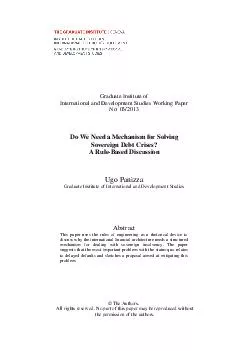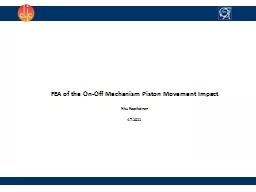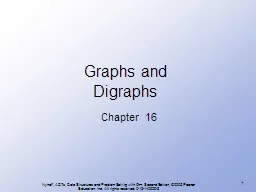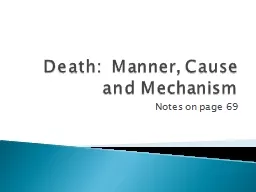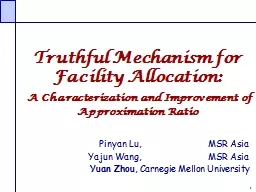PDF-International and DevelopmenDo We Need a Mechanism for Solving A Rule-
Author : luanne-stotts | Published Date : 2016-08-05
Do We Need a Mechanism for Solving Sovereign Debt Crises A RuleBased Discussion rnational Economics Preliminary and unedited February 2013 Abstract This paper uses
Presentation Embed Code
Download Presentation
Download Presentation The PPT/PDF document "International and DevelopmenDo We Need a..." is the property of its rightful owner. Permission is granted to download and print the materials on this website for personal, non-commercial use only, and to display it on your personal computer provided you do not modify the materials and that you retain all copyright notices contained in the materials. By downloading content from our website, you accept the terms of this agreement.
International and DevelopmenDo We Need a Mechanism for Solving A Rule-: Transcript
Download Rules Of Document
"International and DevelopmenDo We Need a Mechanism for Solving A Rule-"The content belongs to its owner. You may download and print it for personal use, without modification, and keep all copyright notices. By downloading, you agree to these terms.
Related Documents

